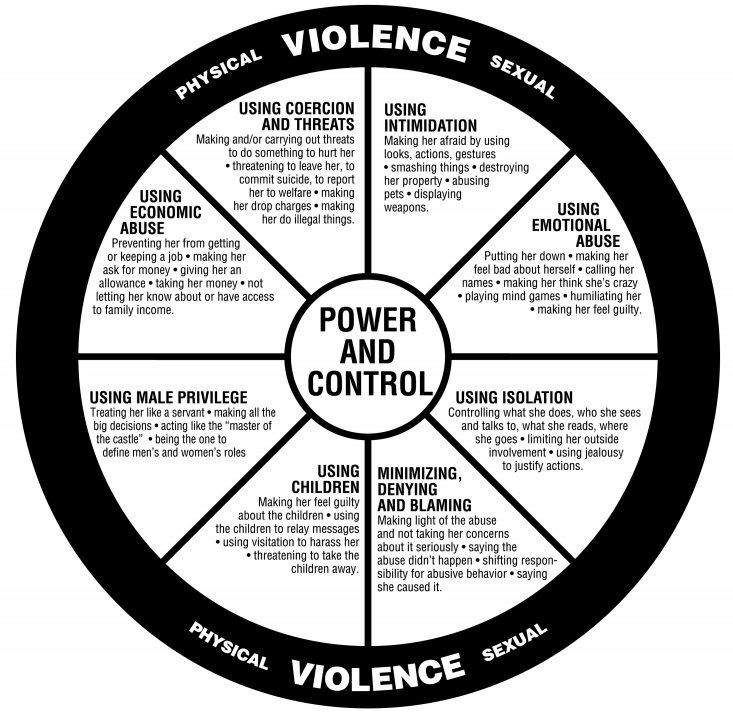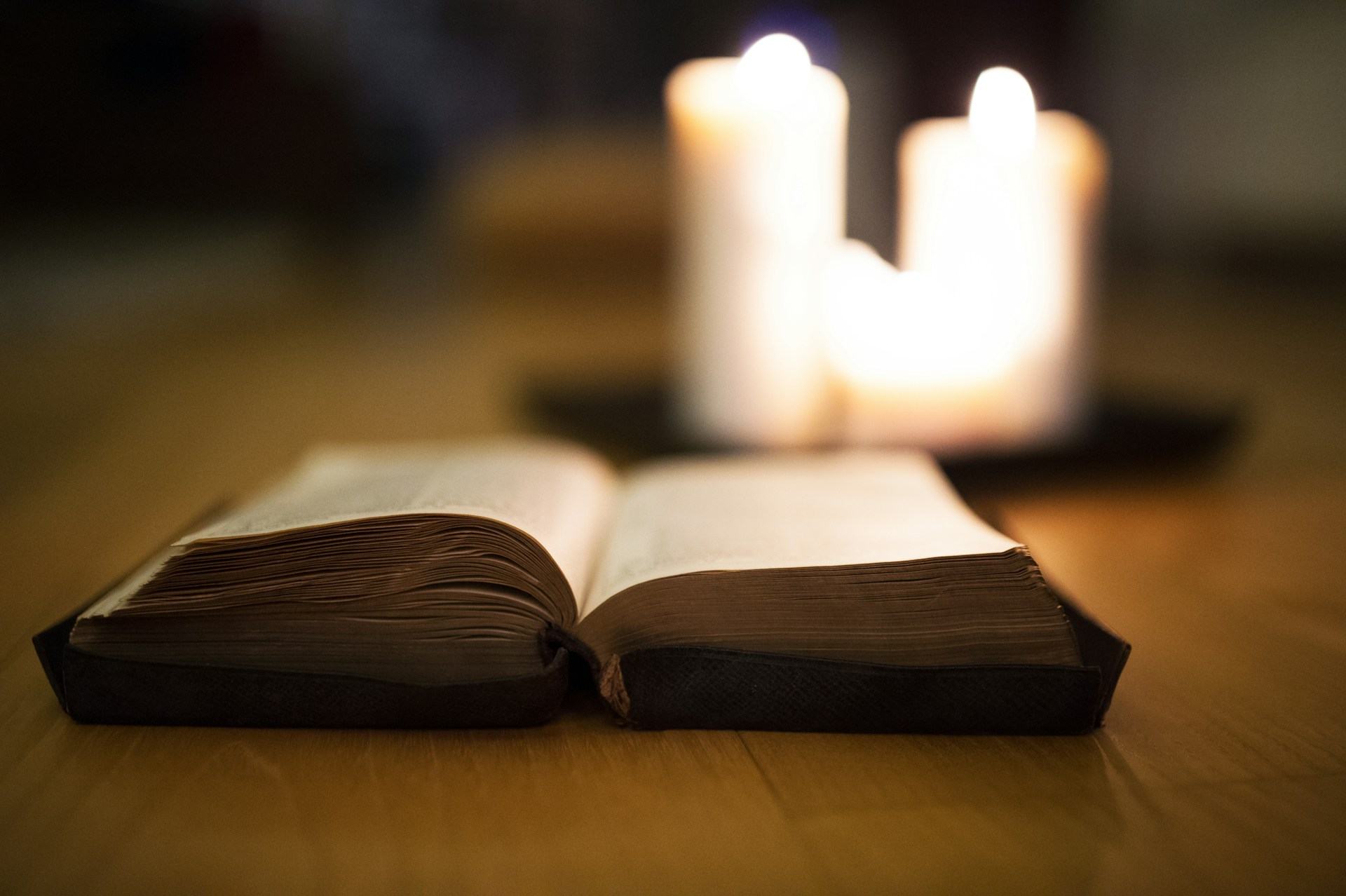 Domestic abuse is a topic that has become more prevalent and is becoming more openly discussed, but it is still a difficult topic to talk about, especially if it is about yourself. Domestic abuse is a serious subject and I have found that people tend to suffer alone out of fear of disclosing the abuse. That fear can arise for many reasons.
Domestic abuse is a topic that has become more prevalent and is becoming more openly discussed, but it is still a difficult topic to talk about, especially if it is about yourself. Domestic abuse is a serious subject and I have found that people tend to suffer alone out of fear of disclosing the abuse. That fear can arise for many reasons.
This article will talk about the more common types of abuse, in which the man is the abuser and the woman is the victim. It is important to know that these roles can be reversed. Men can also be the victims of domestic abuse from their female partner.
As a counselor for domestic abuse, some questions I have been asked are:
- If my husband does not hit me, is this really abuse?
- He has not laid a hand on me but makes threats and tries to control my life; what is this?
- Can we work through and make changes as a couple to restore our relationship?
Whatever that reason may be, I can help you clarify what domestic abuse is, what are the common signs of abuse to watch for, and what you should do about it after having this knowledge.
What is Domestic Abuse?
Domestic abuse is a way for a perpetrator (the abuser) to control their partner. That control can be by making threats, instilling fear, physical abuse, and/or controlling behavior in various areas of your life.
Domestic abuse can happen to anybody, anywhere. I have seen this happen all over the spectrum of victims and their perpetrators. This problem does not discriminate based on wealth, age, gender, ethnicity, religion, where you live, or where you are from.
The first step is to acknowledge the abuse. Pretending it isn’t happening in your life will only continue the abuse, and it can escalate as times goes on. Making the decision to address this and stand up for yourself is one of the toughest decisions you will be facing, but it is also the most empowering. Deciding to talk with a professional and work through this is a courageous and necessary step.
Common Signs of Abuse: The Power and Control Wheel
The National Domestic Violence Hotline uses a “Power and Control Wheel” to describe this kind of abuse. There are eight sections, as shown in the image below. This wheel talks about physical abuse as well as other types of abuse.

The first section is using coercion & threats. As described in the wheel, this can mean that your partner is making threats to hurt you or themselves. The threat does not have to be a threat of violence, but sometimes that is the case.
Sometimes the threat can be about something in your life. The perpetrator might know something that could get you into trouble or take something precious away so that you will go along with the demands and abuse.
 Some abusers will make threats upon themselves to guilt you into doing what they want. This can happen in so many ways and does not always come off as the “typical abuse” that you hear about on television or in everyday life. I have had women come into my office who have big hearts and want the best for everybody. I see domestic abusers play off of those good traits to manipulate the woman into doing what he wants and continuing the control and abuse.
Some abusers will make threats upon themselves to guilt you into doing what they want. This can happen in so many ways and does not always come off as the “typical abuse” that you hear about on television or in everyday life. I have had women come into my office who have big hearts and want the best for everybody. I see domestic abusers play off of those good traits to manipulate the woman into doing what he wants and continuing the control and abuse.
Another form of abuse is using intimidation. The wheel describes this as making you afraid of the abuser in order to force you to do something. This can also be seen in many forms, but if you are being intimidated into something out of fear from your abuser, this might ring true for you. This is about instilling fear in the victim.
Emotional abuse is also a major factor when it comes to domestic abuse. This can sometimes be pushed aside by the abuser and also the victim because it is not always as obvious as physical abuse and does not leave the same physical scars.
The wheel describes this as putting you down, name calling, etc. Over a period of time of emotional abuse, the abuser can chip away at any self worth or confidence you once had, possibly leaving you to feel like you are nothing without him.
In some relationships this happens so often it becomes the “norm.” It’s important to know that it is never okay to feel less than or be spoken to in a way that is degrading or disrespectful. Many women become conditioned in the relationship to tolerate their partner to be mean, bully, and verbally abuse them. It is a form of abuse for an abuser to engage in these behaviors.
Another prevalent way to control somebody is by isolation. Some abusers start the relationship by controlling your time. This begins the isolation. Over time you start spending less and less time with your friends and family to where the abuser becomes your whole world, meaning that you have little contact with the outside world to influence you.
 As the relationship continues, you become less and less engaged with others and then the abuse progresses. This will leave you alone, with nobody to talk to or confide in. That is the plan so you will not be convinced to leave or be told that the abuse is wrong.
As the relationship continues, you become less and less engaged with others and then the abuse progresses. This will leave you alone, with nobody to talk to or confide in. That is the plan so you will not be convinced to leave or be told that the abuse is wrong.
Many domestic abusers will minimize and deny that the abuse is even happening. The abuser can also blame their significant other for the abuse. This can be very confusing for the victim. I have heard clients say things like, “Am I going crazy? Is this really not happening?” This is all part of the abuser’s control tactics, by making you feel “crazy” and/or confused, and he can keep the abuse going.
In many relationships where there are kids, the abuser can use those children to help control their significant other. Most mothers I have worked with love their children unconditionally. There is nothing a mom would not do for their child. Many domestic abusers use that love to keep them in the relationship and as a manipulation technique.
Whether you are still in the relationship or not, abusers can make threats against the child or threaten to take the child away, refusing contact. Many moms I have worked with become so fearful to lose their child that they will agree to the terms of the abuser. Knowing where to go from here and the right steps to take are difficult for many parents because the thought of losing your child is terrifying.
Male privilege can also be a way for an abuser to seek power and control. He might be “the man of the house.” There are relationships that have traditional gender roles that are healthy. These relationships might look like women staying home, cooking and cleaning, and the husband goes to work and makes the money for the family. This is not what I am talking about here.
When a domestic abuser uses male privilege, he is making an imbalance in the relationship where he can seek control over the woman by making all the decisions for her and the couple. The women I have worked with have described feeling helpless or as if she does not have any say in her own life or in making any decision, small or large.
The final part of the wheel I want to address talks about using economic abuse. This can be really overlooked when talking about domestic abuse. Economic abuse can be so challenging to even think about addressing.
I have worked with many women who have come to depend on their significant other financially. Without him, she would be without a home, unable to feed herself or the children. The man in this relationship seeks control of the finances. Trying to get out from underneath this control is hard and the abuser knows this and thrives off of this kind of control. I have even seen a man do this when the woman is working, as well. Many times it takes the help of others to get out from underneath this type of control, but it can be done.
What Should I Do Now?
The above is a lot of information to take in, but hopefully it shed some light to what you or a loved one might be going through. Knowing what to do with this knowledge is going to be an important next step.
If you feel like your life (and/or the lives of any children involved) is being threatened, it is important to take the next steps to ensure your safety. This could mean leaving the home and going somewhere safe or calling your local police department. Your safety and the safety of any children involved is the most important. Assess your safety and reach out for help.
Find Help with Counseling
When reading this article if you found yourself identifying and relating to the various types of domestic abuse, then reaching out to a counselor is going to be a good step to take. Going through this alone can be difficult and can feel almost impossible, especially when you do not know where to start or how.
I have worked with women who have become overwhelmed trying to do this alone. Having the support and professional guidance from a Christian counselor has really helped with the anxiety involved going through this.
 Putting an end to domestic abuse will take time, support, and direction. Working with a counselor can help you enforce the next indicated actions, as well as provide assistance as you look into any resources you might need such as lawyers, medical professionals, help understanding the law and your rights, and/or safety plans.
Putting an end to domestic abuse will take time, support, and direction. Working with a counselor can help you enforce the next indicated actions, as well as provide assistance as you look into any resources you might need such as lawyers, medical professionals, help understanding the law and your rights, and/or safety plans.
Doing this work and going through the process of ending domestic abuse is going to bring up many feelings. Abuse in any form leaves residual feelings and many times low self-esteem and low self worth. Working with a counselor, you can walk through these emotions and address the feelings that are coming up in a healthy way that will allow personal growth so that this abuse will not repeat itself again.
As Christians we are called to continue to seek God in all we do, to rejoice in Him, and lean into Him during the hard times. He will always be with us. By working with a Christian counselor you can seek that relationship with Jesus and learn to rely on and grow closer to Jesus as life continues. It says in Psalm 34:4, “I sought the Lord, and He answered me and delivered me from all my fears.” This is true for all children of God. There is hope. God is with you and He loves you.
Please feel free to reach out today. I am here to walk with you every step of this journey. You do not have to go through this alone.
“Downcast,” courtesy of Avenue G, Flickr Creative Commons, CC0 License; Power and Control Wheel, Copyright by Domestic Abuse Intervention Program (https://www.theduluthmodel.org/wheels/); “Misty path,” courtesy of Adrian, unsplash.com, CC0 License; “Alone,” courtesy of Tiko Giorgadze, unsplash.com, CC0 License; “Hope Sign in Oakland Hills,” courtesy of Cary Bass-Deschenes, Flickr CreativeCommons, (CC BY-SA 2.0)





